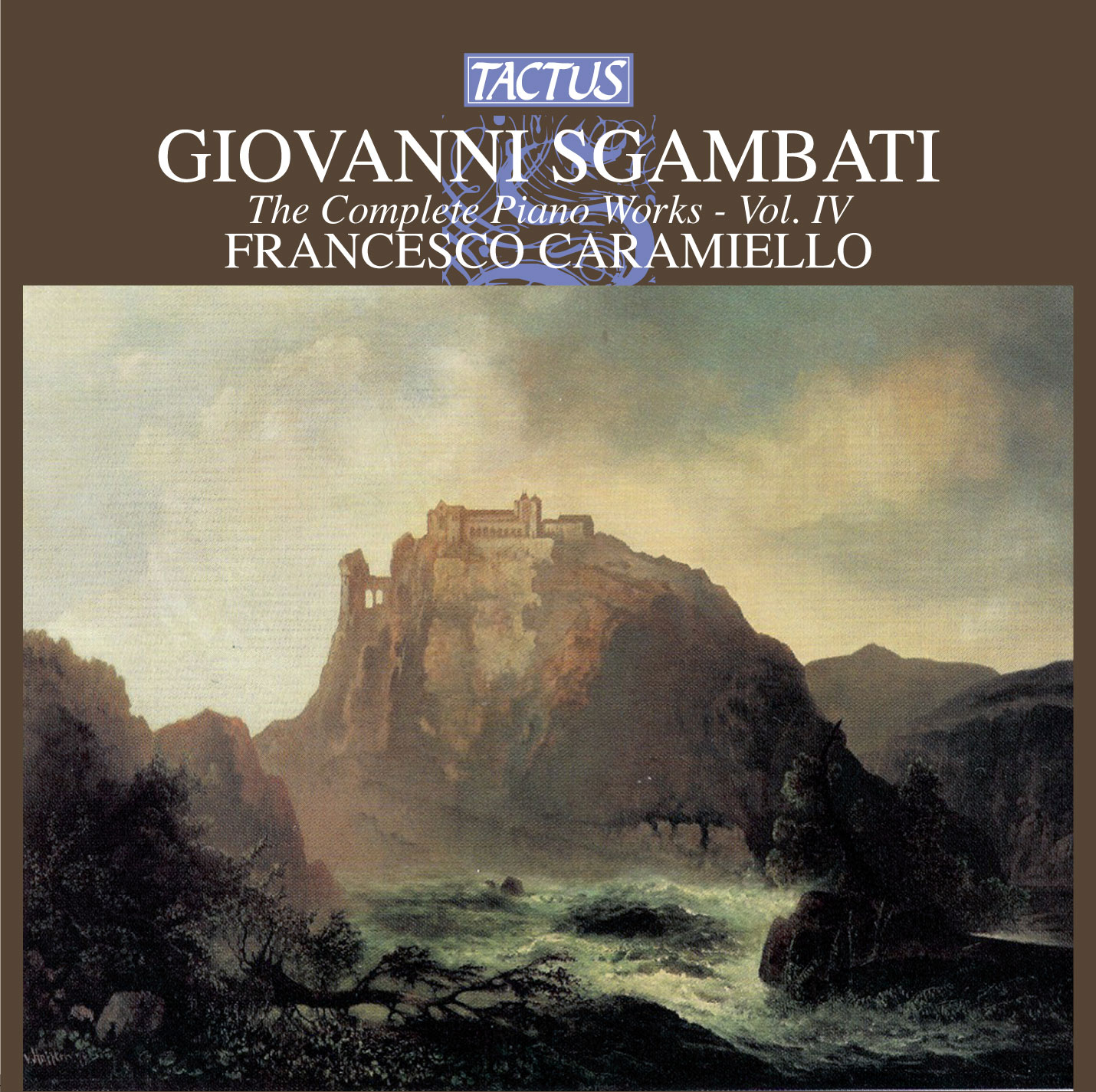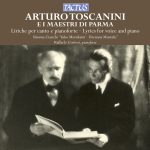SGAMBATI GIOVANNI
“If one were to judge by his outer appearance, by his composed manners and gestures, by his calm, phlegmatic speech, one would say that Giovanni Sgambati seemed to be English; and in fact he did take after his mother to some extent (…) Yet as soon as Sgambati sat at the piano one recognised the Italian in him (…).
As well as impeccable technique, clear and confident even in the most complex and difficult of passages, ha possessed a truly unique touch of exquisite sweetness, sovereign artistry in the use of the pedals and rare good taste in interpretation.
”Sgambati felt that recuperating the values of the instrumental tradition was a mission to be carried out in all its aspects and without any delay: indeed, he never wrote operas, despite Wagner’s exhortation to set Cossa’s Nerone to music.
The so-called ”Eighties generation” of Casella, Pizzetti and Malipiero is credited with having mode the decisive contribution in Italy to o re-establishment of the values of pure music, through a return to the forms of the seventeenth and eighteenth centuries and a rejection of the reigning tastes focused on opera.
We should not, however, underrate the efforts mode by the previous generation in the second half of the nineteenth century which served to fix o true departure point far the process of renewal in instrumental music.
Sgambati, first among all, followed by Giuseppe Martucci and Marco Enrico Bossi, encouraged this fin de siècle trend far renewal, even though the models they pursued drew mainly on German symphonic composers.
This fact has often generated lively polemics, but its cause is seen to lie in the lock al continuity in the Italian instrumental tradition.
Above all, quite apart from musical values, no critic has ever objected to the fact that the great German composers, from Mozart as far as the early Wagner, gave shape to their operas on the basis of the solid tradition of Italian opera.
Furthermore we should note that the works of Sgambati and Martucci possess their own precise originality in as much as a typically Italian melodic element was grafted onto the forms borrowed from the German tradition.
Tracklist
Sgambati, Giovanni
2 Studi da Concerto (2 Concert Etudes) in Op. 10
1 - No. 1. Tranquillo (4:28)
2 - No. 2. Agitato (6:45)
Prudent, Emile
Introduction et etude brillante in F Minor, Op. 41, "Reveil des Fees" (arr. G. Sgambati)
3 - Introduction et etude brillante in F Minor, Op. 41, "Reveil des Fees" (arr. G. Sgambati) (5:03)
Sgambati, Giovanni
Musica per concorso di pianoforte
4 - No. 1. Andantino con moto (2:26)
5 - No. 2. Allegretto (2:15)
3 Impromptus, Op. 29, Series 1
6 - No. 1. Allegretto (4:20)
7 - No. 2. Allegro moderato (3:17)
8 - No. 3. Allegretto grazioso (4:22)
3 Impromptus, Op. 29, Series 2
9 - No. 1. Animato allegramente (5:31)
10 - No. 2. Andantino (2:52)
11 - No. 3. Allegro appassionato ma non troppo mosso (4:54)
Rapsodia for Piano
12 - Rapsodia for Piano (fragment) (2:49)
Improvvisando for Piano
13 - Improvvisando for Piano (fragment) (6:37)
Allegro vivace for Piano
14 - Allegro vivace for Piano (fragment) (2:36)
L' Emir de Bengador, "Romance de Mme la Psse Lise Troubetzkoi"
15 - L' Emir de Bengador, "Romance de Mme la Psse Lise Troubetzkoi" (2:53)
Noel
16 - Noel (4:14)
- Composer: SGAMBATI GIOVANNI
- Performers: Francesco Caramiello, piano
- Historical Period: Romanticism
- Code: TC 841904
- Edition: FEBRUARY 2006
- Barcode: 8007194103588
- Set: 1
- Total tracks: 16
- Total duration: 01:06:42






